Congenital Talipes Equinovarus is sometimes referred to as club foot Club foot occurs in less than 05% of births It is more common in boys than girls In half of the babies with club foot, both feet are affected The feet need to be corrected; Club foot (talipes equinovarus) is a deformity of the foot and ankle that a baby can be born with It is not clear exactly what causes talipes (club foot) Mkandawire N, Kaunda E Incidence and patterns of congenital talipes equinovarus (clubfoot) deformity at Queen Elizabeth Central Hospital, Banter, Malawi East Cent Afr J Surg 04;9(2)21 Biruk W Management of ClubFoot at Tikur Anbessa Hospital;
Clubfoot Orthoinfo os
Congenital talipes equinovarus club foot types
Congenital talipes equinovarus club foot types- Read on to find out about congenital talipes equinovarus, a condition commonly known as club foot in which a newborn's foot or feet appear to be rotated at the ankle Also known as congenital talipes equinovarus or CTEV, this is a condition where a child presents with either one or both feet rotated internally at the ankle Gray K, Pacey V, Gibbons P, Little D, Frost C, Burns J Interventions for congenital talipes equinovarus (clubfoot) Cochrane Database Syst Rev 12;(4)CD Google Scholar




The Adult Sequelae Of Treated Congenital Clubfoot Foot And Ankle Clinics
Congenital talipes equinovarus (club foot) Author links open overlay panel Mr JA Fixsen Show more Congenital talipes equinovarus (CTEV), often known as 'clubfoot', is a common but little studied developmental disorder of the lower limb It is defined as fixation of the foot in adduction, in supination and in varus, ie inclined inwards, axially rotated outwards andClubfoot or talipes equinovarus is a congenital deformity (birth defect) in which the foot is out of position and doesn't have normal flexibility The cause isn't always known, although clubfoot sometimes results from the baby's position in the womb Causes of Club foot There are three main types of clubfoot u0001
Methods A cohort study of all infants with unilateral or bilateral club foot deformity identified at birth among 311 480 infants surveyed between 1972 and 12 at Brigham and Women's Hospital in Boston Those with talipes equinovarus were divided into "isolated" and "complex", based on the findings in examination and by chromosome analysisThey won't correct on their ownClub foot (also called talipes) is where a baby is born with a foot or feet that turn in and under Early treatment should correct it In club foot, 1 foot or both feet point down and inwards with the sole of the foot facing backwards Credit Club foot happens because the Achilles tendon (the large tendon at the back of the ankle) is too short
Club Foot also is known as Giles Smith Syndrome, Congenital talipes equinovarus (CTEV), or talipes equinovarus (TEV) The Word "Talipes Equinovarus" comes from Latin Talus (ankle) pes (foot) Equino– indicates the heel is elevated (like a horse's) varusindicates it is turned inward The foot is turned in sharply, and the person seems to be walking on their ankleClubfeet, congenital talipes equinovarus (CTEV) Bilateral clubfeet Specialty Orthopedics, podiatry Symptoms Foot that is rotated inwards and downwards Usual onset During early pregnancy Causes Unknown Risk factors Genetics, mother who smokes cigarettes, males Ethnicity Diagnostic method Physical examination, ultrasound during pregnancy(1)congenital talipes equinovarus (club foot) dr yoyos dias ismiarto, spot(k),mkes, ccd, fics departemen/smf orthopaedi dan traumatologi fakultas kedokteran universitas padjadjaran (2)daftar isi i pendahuluan 1




Pdf Congenital Talipes Equinovarus A Case Report Of Bilateral Clubfoot In Three Homozygous Preterm Infants Semantic Scholar
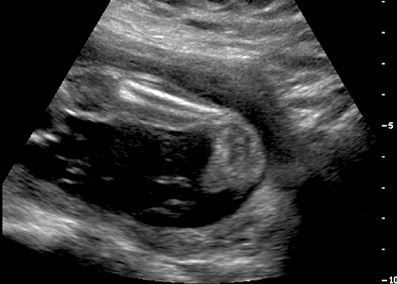



Clubfoot Congenital Talipes Equinovarus Pediatrics Orthobullets
Talipes equinovarus Incidence Clubfoot is a common defect present at birth and occurs in every 1,000 live births Bilateral TEV can be found be found in nearly 50% of cases About twice as many males are born with the congenital form than females Talipes equinovarus Club Foot Types / Clubfoot Congenital Talipes Equinovarus Narayana HealthClub foot is a condition that affects roughly one in every 1,000 babies born in the ukbut what is club foot is a condition where a baby is born with one or both of their feet pointed down and twistedClubfoot, also called talipes equinovarus, is a birth defect that affects the foot and ankle It's a congenital condition, which means that a baby is born with it The foot or feet turn inward When you look at the foot, the bottom of the foot often faces sideways or even up
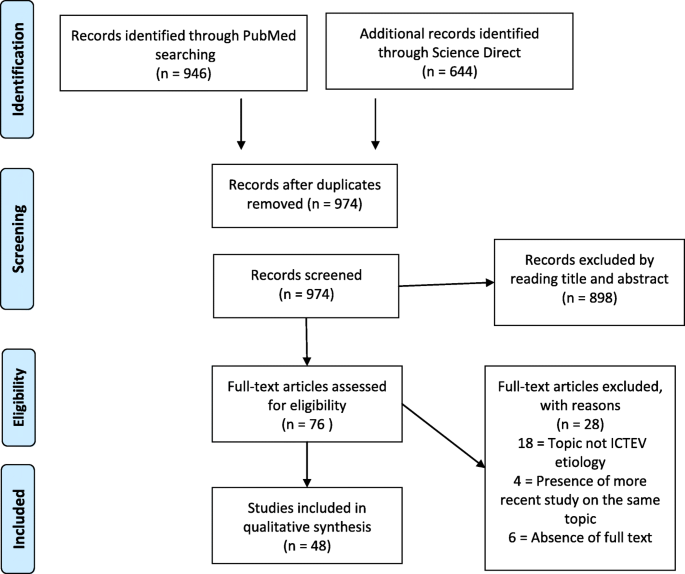



The Etiology Of Idiopathic Congenital Talipes Equinovarus A Systematic Review Journal Of Orthopaedic Surgery And Research Full Text
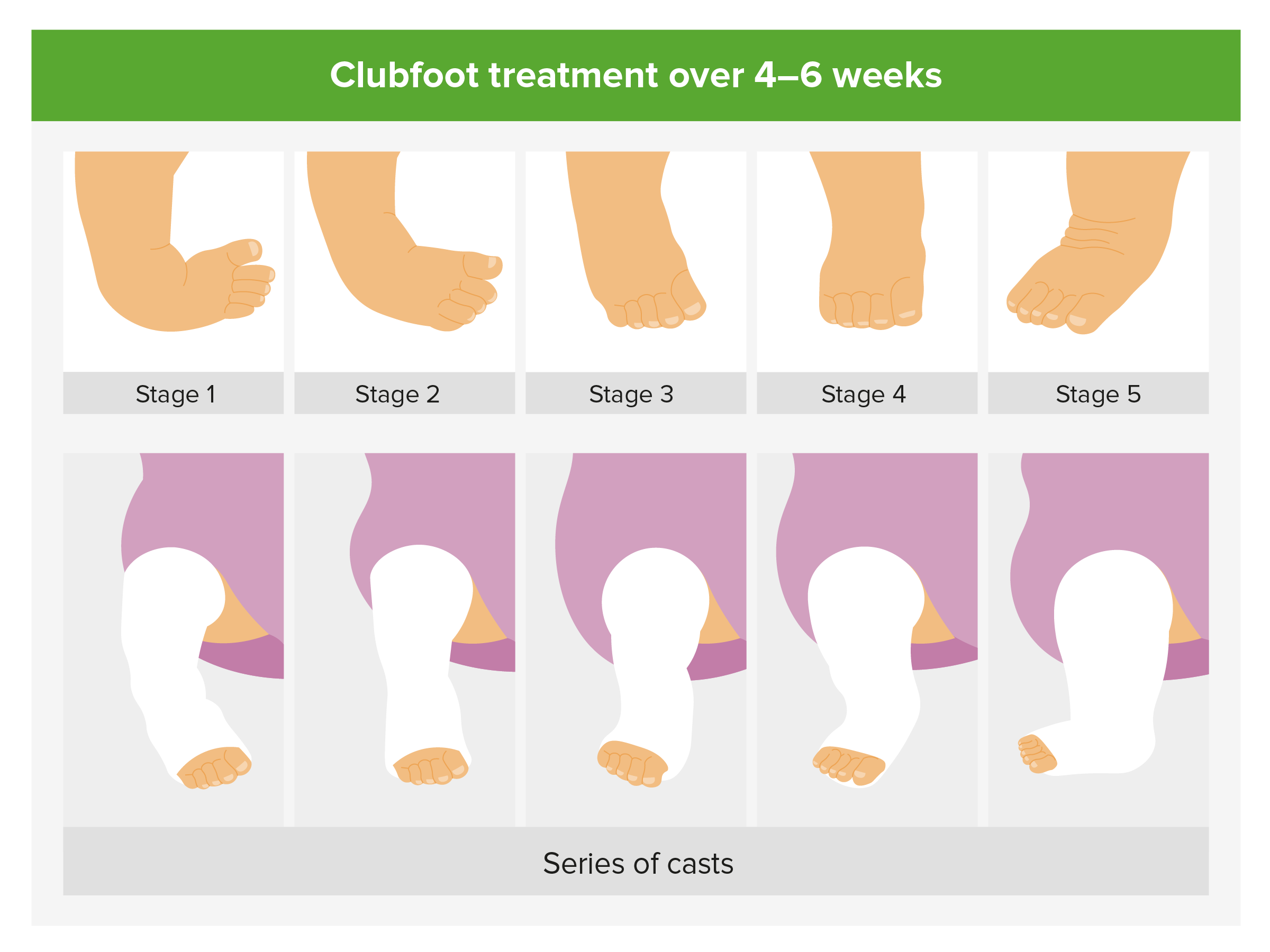



Foot Deformities Concise Medical Knowledge
Equinovarus refers to the position of the foot pointing down and turning inwards Congenital Talipes Equinovarus is sometimes referred to as club foot Club foot occurs in less than 05% of births It is more common in boys than girls In half of the babies with club footIncidence of congenital talipes equinovarus among children in southeast Nigeria A R T I C L E I N F O A B S T R A C T Keywords Original Article Congenital defects Talipes equinovarus Nigeria 1 Introduction Congenital talipes equinovarus (CTEV)/ club foot occurs in at least 2 per 1000 live births It has two forms syndromic and idiopathic Clubfoot, also known as congenital talipes equinovarus, is a common idiopathic deformity of the foot that presents in neonates Diagnosis is made clinically with a resting equinovarus deformity of the foot Treatment is usually ponseti method casting
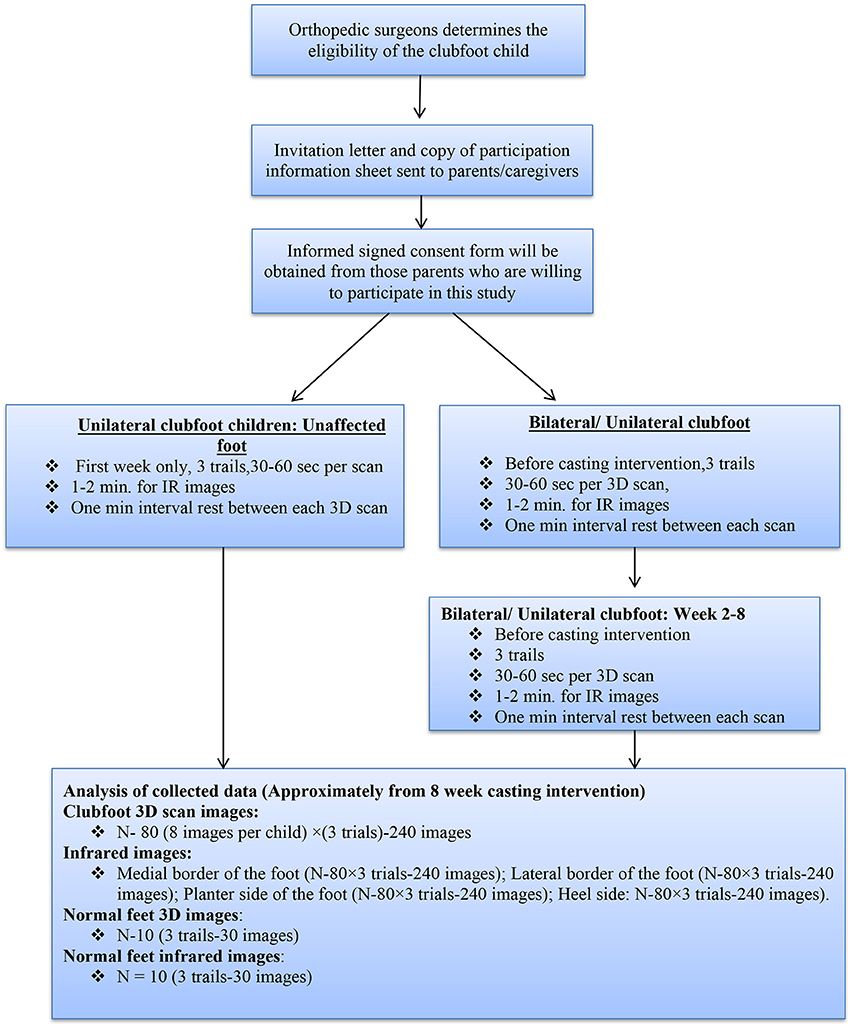



Frontiers Developing A Three Dimensional 3d Assessment Method For Clubfoot A Study Protocol Physiology




Clubfoot Congenital Talipes Equinovarus Pediatrics Orthobullets
Spina bifida cystica and severe congenital bilateral talipes equinovarus in one twin of a monoamniotic pair a case report Kadia BM, Aroke D, Tianyi FL, Bechem NN, Dimala CA BMC Res Notes 17 Dec 28;10(1)771 doi /sCongenital club foot Article in German Waschak K(1), Radler C, Grill F Author information (1)Orthopädisches Spital Speising, Abteilung für Kinder und Jugendorthopädie, Wien karinwaschak@ossat Congenital talipes equinovarus is the most common deformity ofVideo on symptoms, signs, diagnosis and treatment of congenital talipes equinovarus / CTEV / clubfoot from OrthopaedicsOrthopedics Playlist https//wwwyou
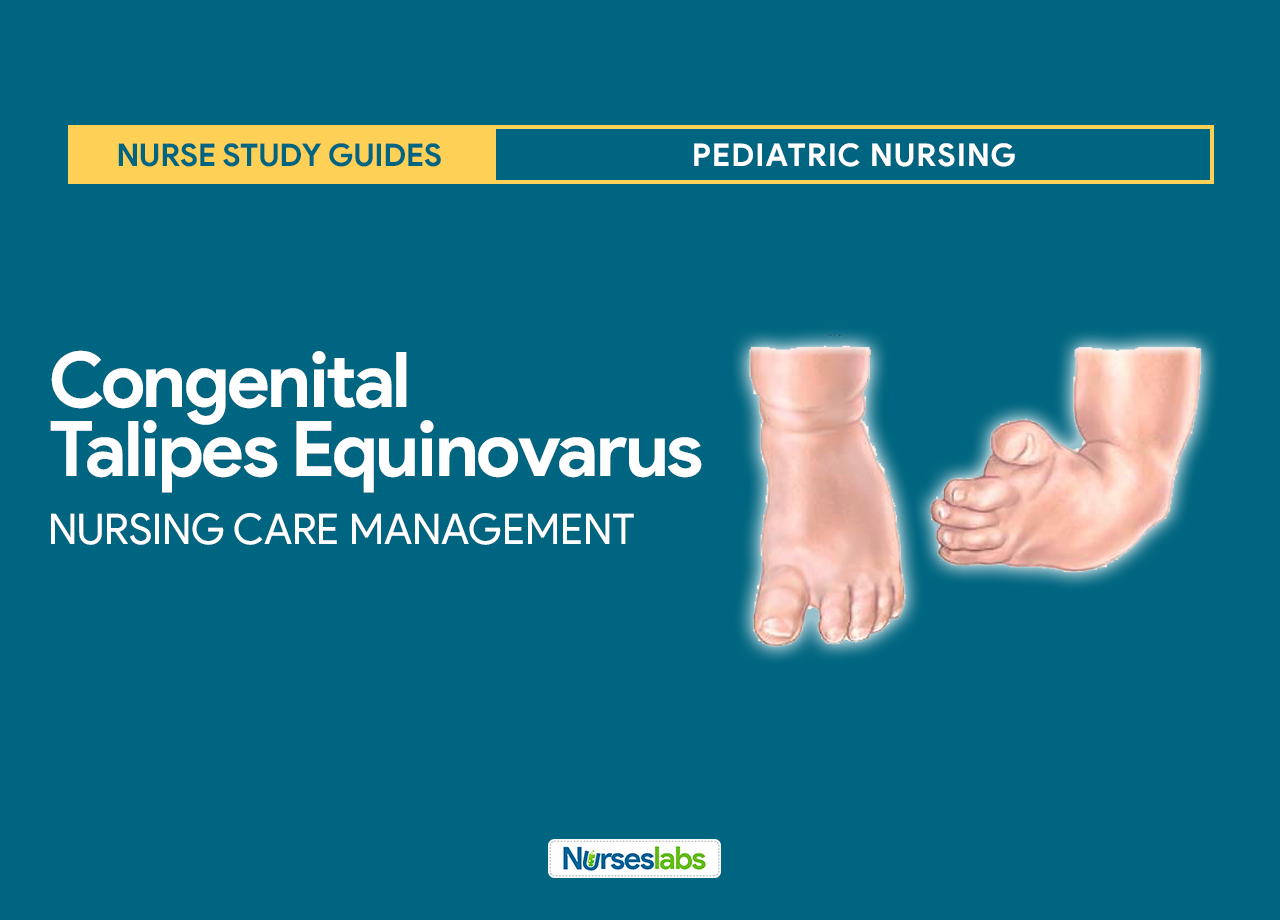



Congenital Talipes Equinovarus Clubfoot Nursing Care Management Nurseslabs




Treatment Of Relapsed Residual And Neglected Clubfoot Adjunctive Surgery Journal Of Children S Orthopaedics
CONGENITAL TALIPES EQUINOVARUS Sriram Venkitaraman INTRODUCTION Most common congenital foot disorder Males more commonly affected Incidence 12 per 1000 live births TYPESCongenital talipes equinovarus, or club foot, is one of the commonest congenital orthopaedic conditionsIdiopathic (nonsyndromic) congenital talipes equinovarus, or clubfoot, is a poorly understood but common developmental disorder of the lower limb, which affects at least 2 per 1000 Scottish births (ISD data) It is defined as a fixation of the foot in a handlike orientationin adduction, supinati




Clinical Photographs Showing A The Club Feet Of A 1 5 Month Old Baby Download Scientific Diagram




Pdf Congenital Talipes Equinovarus A Case Report Of Bilateral Clubfoot In Three Homozygous Preterm Infants Semantic Scholar
Congenital talipes equinovarus (CTEV), also known as clubfoot, is a common congenital orthopaedic condition characterised by an excessively turnedin foot (equinovarus) and high medial longitudinal arch (cavus) If left untreated it can result inCongenital anomalies, also known as birth defects, are one of the leading causes of disability in children 1 Clubfoot, or congenital talipes equinovarus (CTEV), is one of the most common congenital deformities that cause mobility impairment 2 The structure and position of the foot are affected, and untreated clubfoot results in Picture 1 – Talipes equinovarus Club foot;
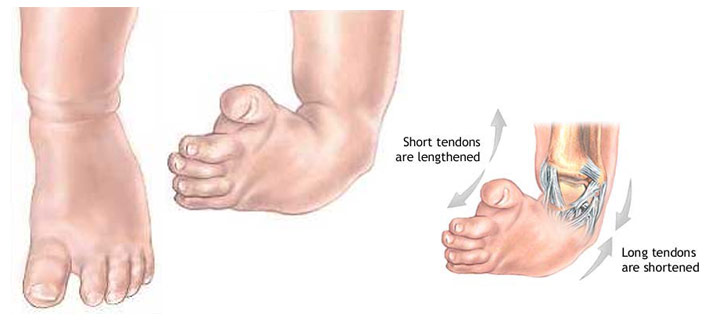



Congenital Talipes Equinovarus Clubfoot Nursing Care Management Nurseslabs




Clubfoot Congenital Talipes Equinovarus Narayana Health
Talipes equinovarus consists of four elements 7 hindfoot equinus lateral talocalcaneal angle less than 35º hindfoot varus talocalcaneal angle less than º metatarsus adductus adduction and varus deformity of the forefoot;Ctev is a complex ,congenital deformity of the foot,that left untreated can limit a person's mobility by making it difficult and painful to walkDownload Citation Congenital talipes equinovarus (clubfoot) Congenital talipes equinovarus ('clubfoot') refers to foot deformity characterized by equinus of the hindfoot, adductus and




Club Foot Nhs




Pdf Current Conservative Management And Classification Of Club Foot A Review Semantic Scholar
Talus to first metatarsal angle greater than 15ºClub Foot Radiology Club Foot Congenital Talipes Equinovarus Hkog Info In clubfoot, the tissues connecting the muscles to the bone (tendons) are shorter than usual This video describes the basics of pathoanatomy (pathological anatomy) of the club foot (ctev) and a brief description of clinical examination of a childDeveloped by renowned radiologists in each specialty, STATdx provides comprehensive decision support you can rely on Club Foot (Talipes Equinovarus)




Current Concepts With The Ponseti Technique



1
Addis Ababa, Ethiopia East Cent Afr J Surg 07;12(1)249Congenital talipes equinovarus (CTEV)/ club foot occurs at least 2 per 1000 live births It has two forms syndromic and idiopathic The objective of the study was to determine the incidence of talipes equinovarus (club foot) among children in Nnamdi Azikiwe University Teaching Hospital, (NAUTH), Nnewi Anambra State, Nigeria The records of 12,464 patients aged between one dayClub Foot Clubfoot Congenital Talipes Equinovarus Pediatrics Orthobullets This treatment uses a series of casts and braces to rotate the baby's foot into a corrected position Using the ponseti method, the clubfoot is manipulated or stretched every five to seven days and the plaster casts are changedthis baby is on one of his last treatments for his clubfeet and will then wear a brace for




Clubfoot Orthopaedia




32 Clubfoot Ideas Club Foot Club Foot Baby Pediatric Physical Therapy
Noun, plural club·feet for 1 'the mother of the club foot baby is friendly with her and goes over for a chat after they leave' Clubfoot (Congenital Talipes Equinovarus) Clubfoot (congenital talipes equinovarus) is a congenital foot abnormality where a baby's foot twists at the ankle, turning the foot inward Club foot may be associated with other problems in a child but is most often "idiopathic", meaning we don't know why the child developed the club foot Club Foot Talipes equinovarus (once called club foot) is a deformity of the foot and ankle that a baby can be born with It is not clear exactly what causes talipes In most cases, it is diagnosed by the typical appearance of a baby's foot after they are born The Ponseti method is now a widely used treatment for talipes
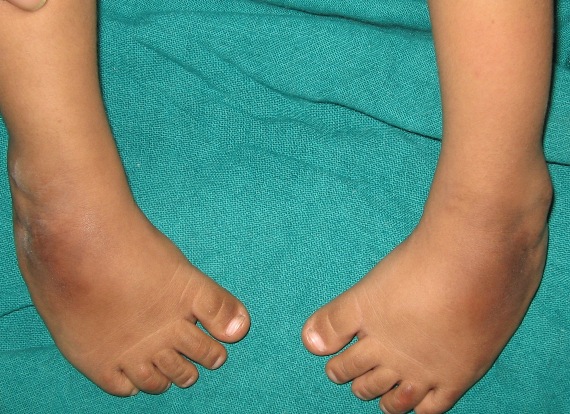



Congenital Talipes Equinovarus Or Club Foot Bone And Spine




Clubfoot Flip Ebook Pages 1 Anyflip Anyflip
Clubfoot Meaning Talipes equinovarus Types, Symptoms, Causes and Treatment Congenital means present at birth, talipes means affecting the foot and ankle and How do you use club foot in a sentence?Congenital talipes equinovarus or club foot or CTEV as it is often known as is a congenital deformity affecting single foot or both Club foot may result from a bony, a muscular or a neuropathic error, or maybe termed idiopathic Idiopathic club foot is the most frequent and unless specified otherwise, the term congenital talipes equinovarus represents an idiopathic type 36 WynneDavies R, Littlejohn A, Gormley J Aetiology and interrelationship of some common skeletal deformities (Talipes equinovarus and calcaneovalgus, metatarsus varus, congenital dislocation of the hip, and infantile idiopathic scoliosis) J Med Genet 19;–8



Clubfoot Orthoinfo os



Club Foot Talipes Equinovarus Ankle Foot And Orthotic Centre
Figure 1 Comparison between normal foot and club foot Clubfoot or Congenital talipesequinovarus (CTEV) was introduced by Hippocrates around 300 BC He described two forms of clubfeet ie congenital and acquired in infancy Term talipesequinovarus is originated from Latin word talus (ankle)Congenital talipes equinovarus (CTEV) also known as club foot is the most common congenital defect of the musculoskeletal system And exactly for that reason it is the center of constant attention For this defect it is typical to have a rotated foot in the joints of the back of the foot, and inner rotation in the joints of the forefoot The term refers to the gait of severely affected patients, who walked on their ankles 4 Definition Club foot is a congenital deformity of the foot and ankle characterized by equinus deformity at the ankle, inversion at the subtalar,adduction at the




Clubfoot Congenital Talipes Equinovarus Pediatrics Orthobullets
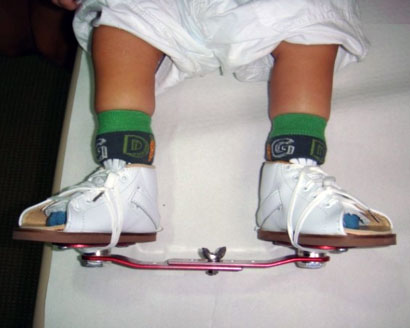



Congenital Talipes Equinovarus Or Club Foot Bone And Spine
Congenital talipes equinovarus, also known as 'club foot', is a congenital foot deformity present at birth It is one of the most common congenital deformities The foot consists of 26 bones Most relevant for this congenital deformity are the talus, calcaneus and navicular The calcaneus and navicular are medially rotated in relation to the talusBackground and purpose Congenital talipes equinovarus (clubfoot) can present in 2 forms "syndromic", in which other malfor mations exist, and the more common "idiopathic" form, where there are no other associated malformations We analyzed the epidemiology of congenital talipes equinovarus in the Sicilian popuTalipes Equinovarus comes from the following "Tali" means Ankle, "Pes" means Foot "Equinus" means foot pointing down (like a horse's foot) "Varus" means deviated towards midline




Clubfoot Wikipedia




Congenital Idiopathic Talipes Equinovarus American Academy Of Pediatrics
The clubfoot deformity is often referred to as congenital talipes equinovarus (CTEV) Congenital clubfoot is a rigid deformity present at birth characterized by ankle equinus, heel tilt into varus, and midfoot and forefoot adduction with varus tilt
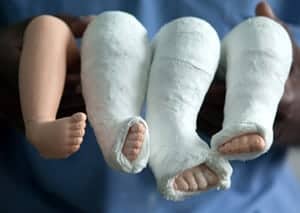



Children S Clubfoot Treatment Causes Pediatric Foot Ankle



Clubfoot What Is Clubfoot What Causes Clubfoot Who Gets Clubfoot What Are The Symptoms Of Clubfoot




What Is Clubfoot Or Congenital Talipes Equinovarus Or Ctev Symptoms Causes Diagnosis Physiotherapy Treatment Of Clubfoot Or Congenital Talipes Equinovarus Or Ctev




The Adult Sequelae Of Treated Congenital Clubfoot Foot And Ankle Clinics




Congenital Clubfoot Youtube




Talipes Equinovarus Clubfoot And Other Foot Abnormalities Pediatrics Merck Manuals Professional Edition




Clubfoot Foot And Ankle Deformities Principles And Management Of Pediatric Foot And Ankle Deformities And Malformations 1 Ed




Club Foot Pathoanatomy Made Easy The Young Orthopod Youtube




Infant With Club Feet Talipes Equinovarus Stock Image M350 0146 Science Photo Library
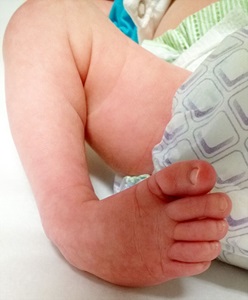



Clubfoot Johns Hopkins Medicine




Congenital Talipes Equinovarus Or Club Foot Bone And Spine




Clubfoot Boston Children S Hospital




Clubfoot Congenital Talipes Equinovarus Pediatrics Orthobullets
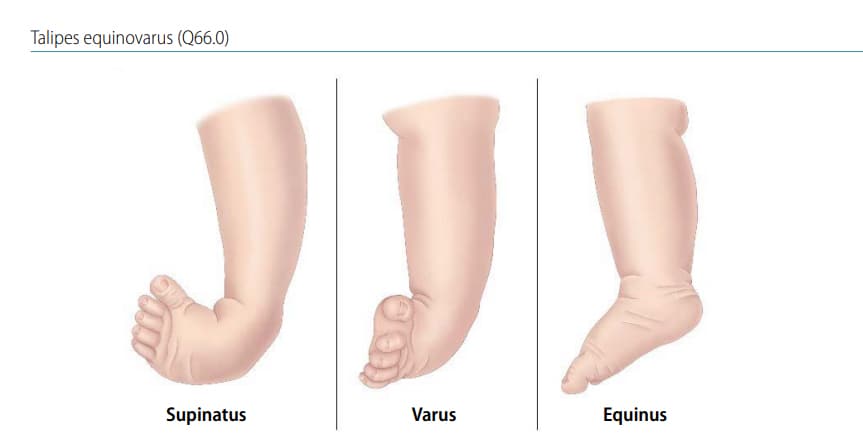



Chapter 4 9 Talipes Equinovarus Talipes Equinovarus Q66 0 Cdc




Congenital Idiopathic Talipes Equinovarus American Academy Of Pediatrics




Clubfoot And Other Foot Defects Children S Health Issues Merck Manuals Consumer Version
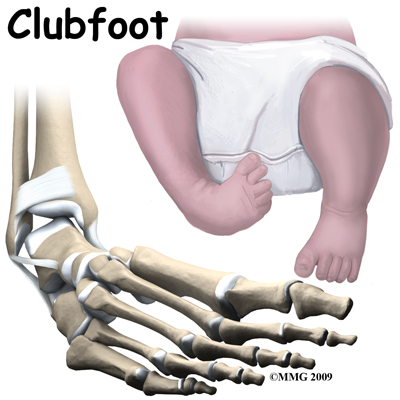



Physical Therapy In El Paso For Pediatric Issues Clubfoot
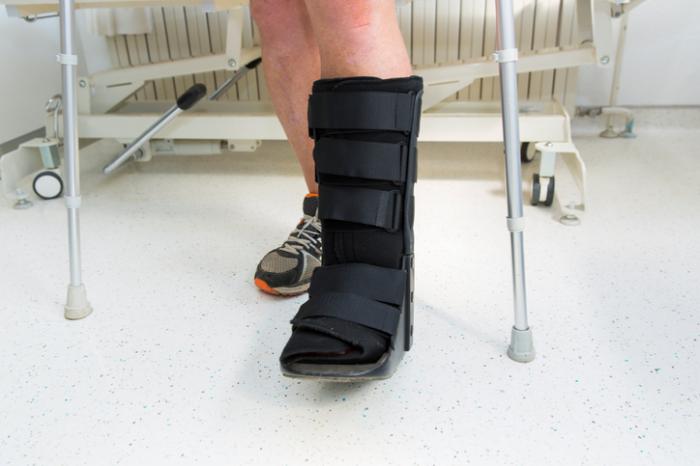



Clubfoot Causes And Treatments
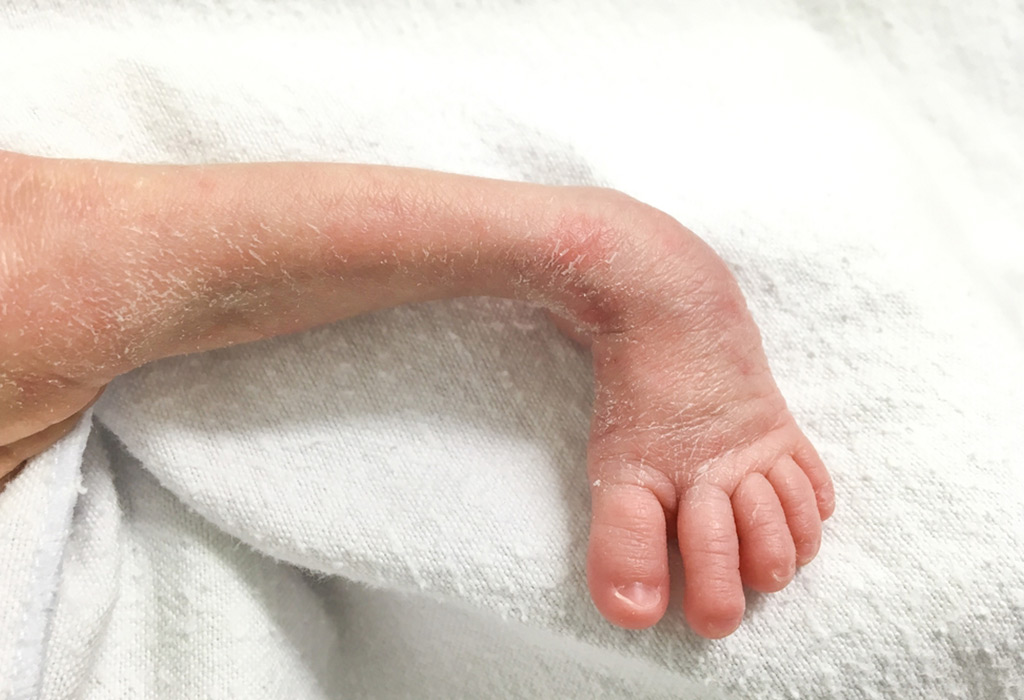



Club Foot In Infants Reasons Signs Remedies
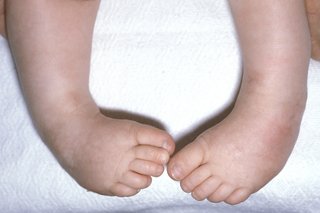



Club Foot Nhs
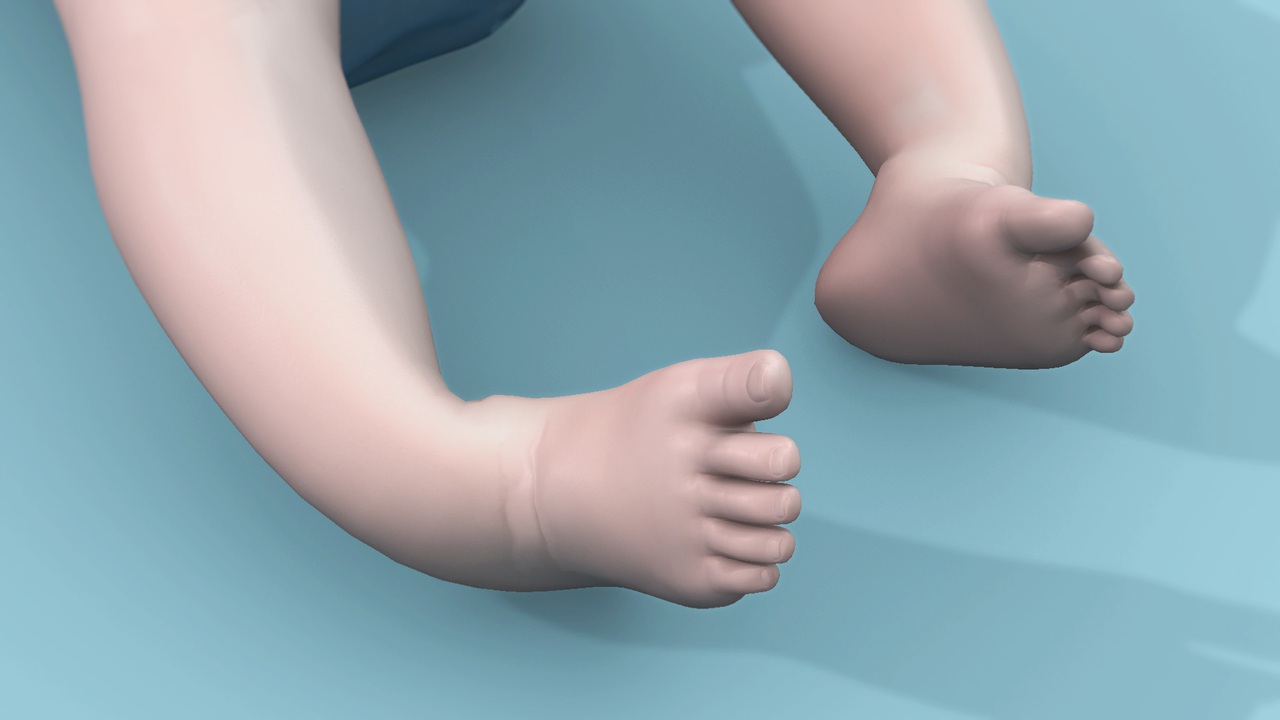



Clubfoot Talipes Equinovarus Resurgens Orthopaedics



Clubfoot Orthoinfo os




By Cassie Maier What Is Club Foot Club Foot Is When One Or Both Babies Feet Are Turned Inward And Downward And Cannot Be Put Into Normal Position Easily Ppt Download




Clubfoot Congenital Talipes Equinovarus Narayana Health




Club Foot Symptoms And Treatment




Clubfoot Boston Children S Hospital



Clubfoot Orthoinfo os
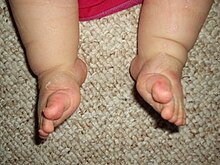



Clubfoot Wikipedia



1




Uncommon Iii Grade Clubfoot Congenital Talipes Equinovarus Cte In Download Scientific Diagram
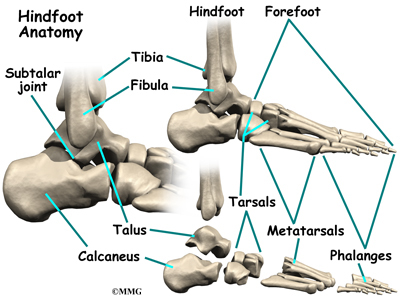



Conditions And Treatments



Congenital Talipes Equinovarus Clubfoot Orthopaedicprinciples Com
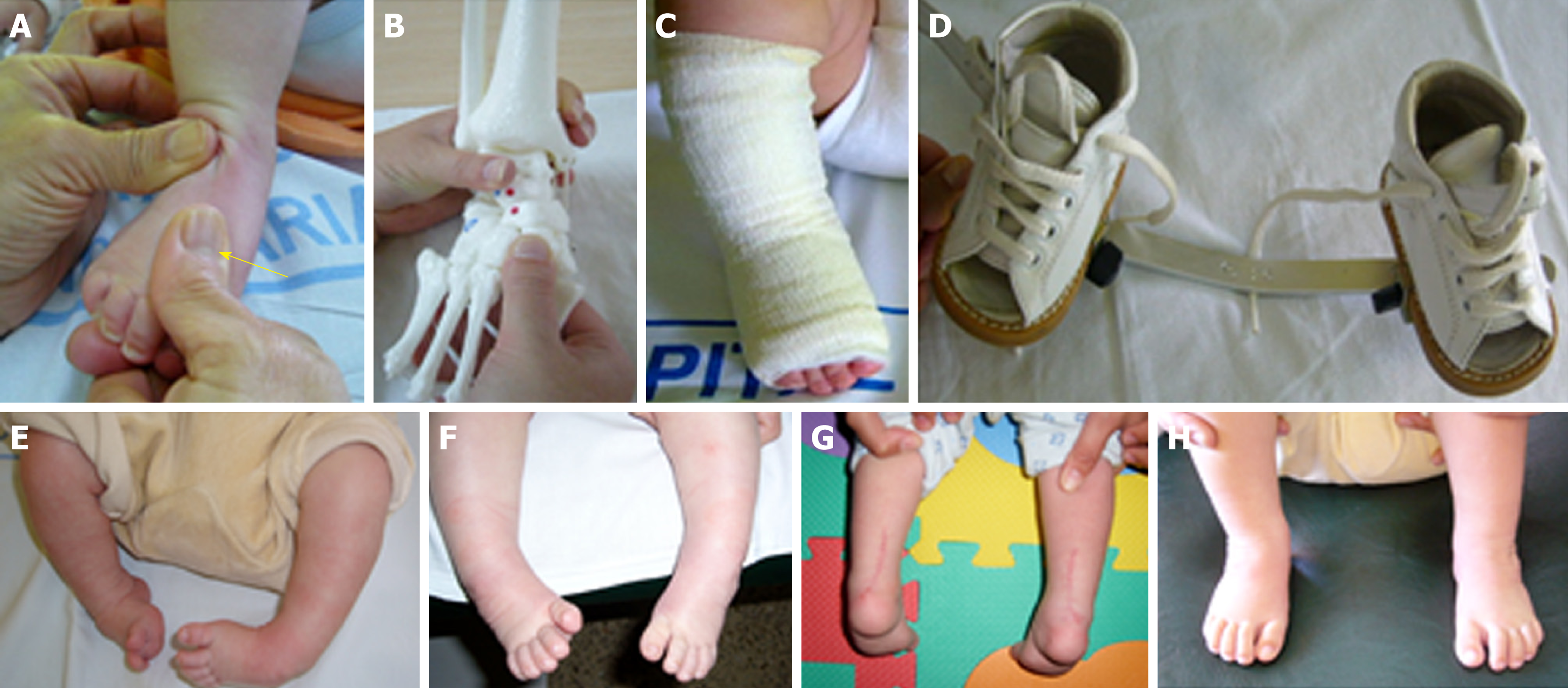



Functional Physiotherapy Method Results For The Treatment Of Idiopathic Clubfoot




Flowchart Of Patients With Idiopathic Clubfoot Download Scientific Diagram
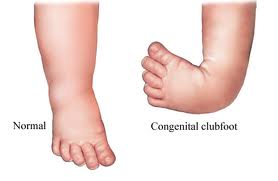



Introduction To Clubfoot Physiopedia




Congenital Clubfoot Genetic Disorders Types Of Clubfoot
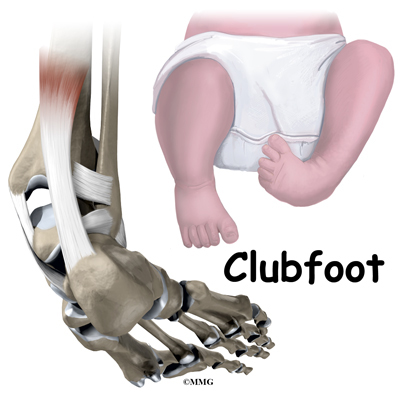



Clubfoot Eorthopod Com
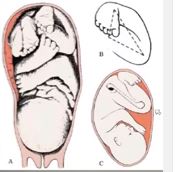



Introduction To Clubfoot Physiopedia




Clubfoot Phenotype In Pma Pma Mice Human Newborn With Congenital Download Scientific Diagram




Congenital Talipes Equinovarus Archives African Journal Of Current Medical Research




Clubfoot Healthing Ca




Club Foot Congenital Talipes Equinovarus About Club Foot Patient
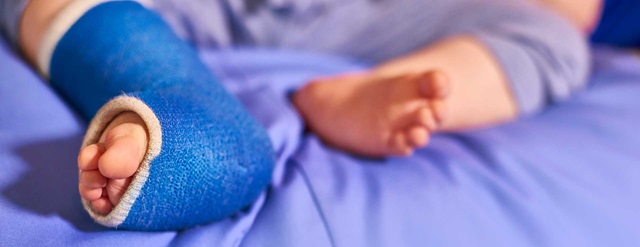



Clubfoot Johns Hopkins Medicine
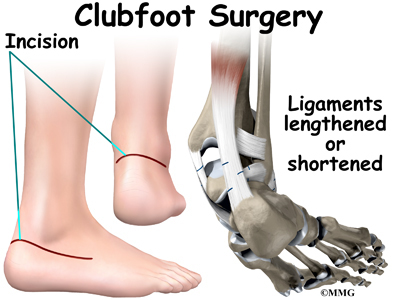



Conditions And Treatments
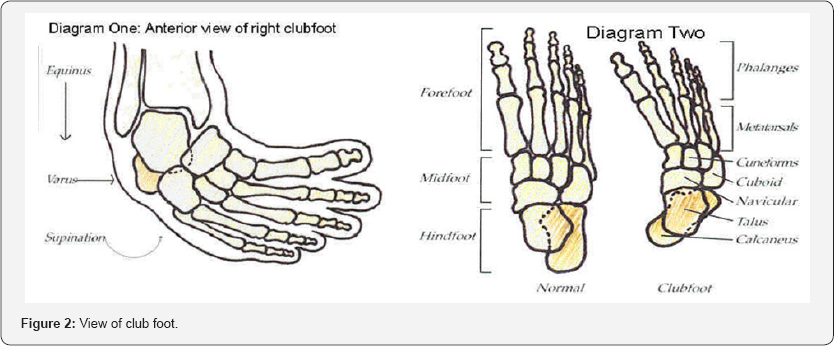



Orthopedics And Rheumatology Open Access Journal Oroaj




Congenital Clubfoot Early Recognition And Conservative Management For Preventing Late Disabilities Springerlink
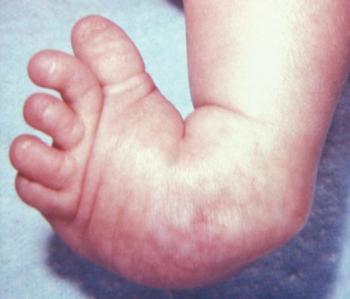



Clubfoot Causes And Treatments




Clubfoot Foot Musculoskeletal System




Clubfoot Congenital Talipes Equinovarus Pediatrics Orthobullets




Congenital Clubfoot Archives Www Medicoapps Org
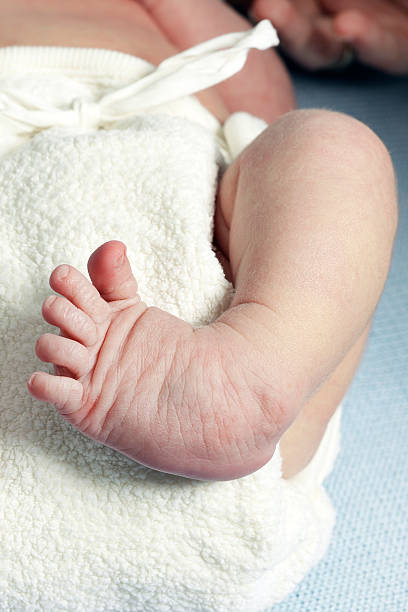



2 Clubfoot Stock Photos Pictures Royalty Free Images Istock




Club Foot Talipes In Babies Causes Signs Treatment Youtube




What A Paediatrician Should Know About Congenital Clubfoot Italian Journal Of Pediatrics Full Text
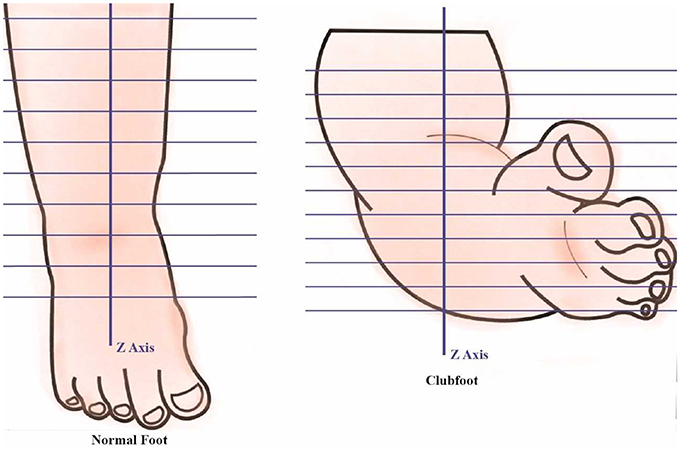



Frontiers Developing A Three Dimensional 3d Assessment Method For Clubfoot A Study Protocol Physiology
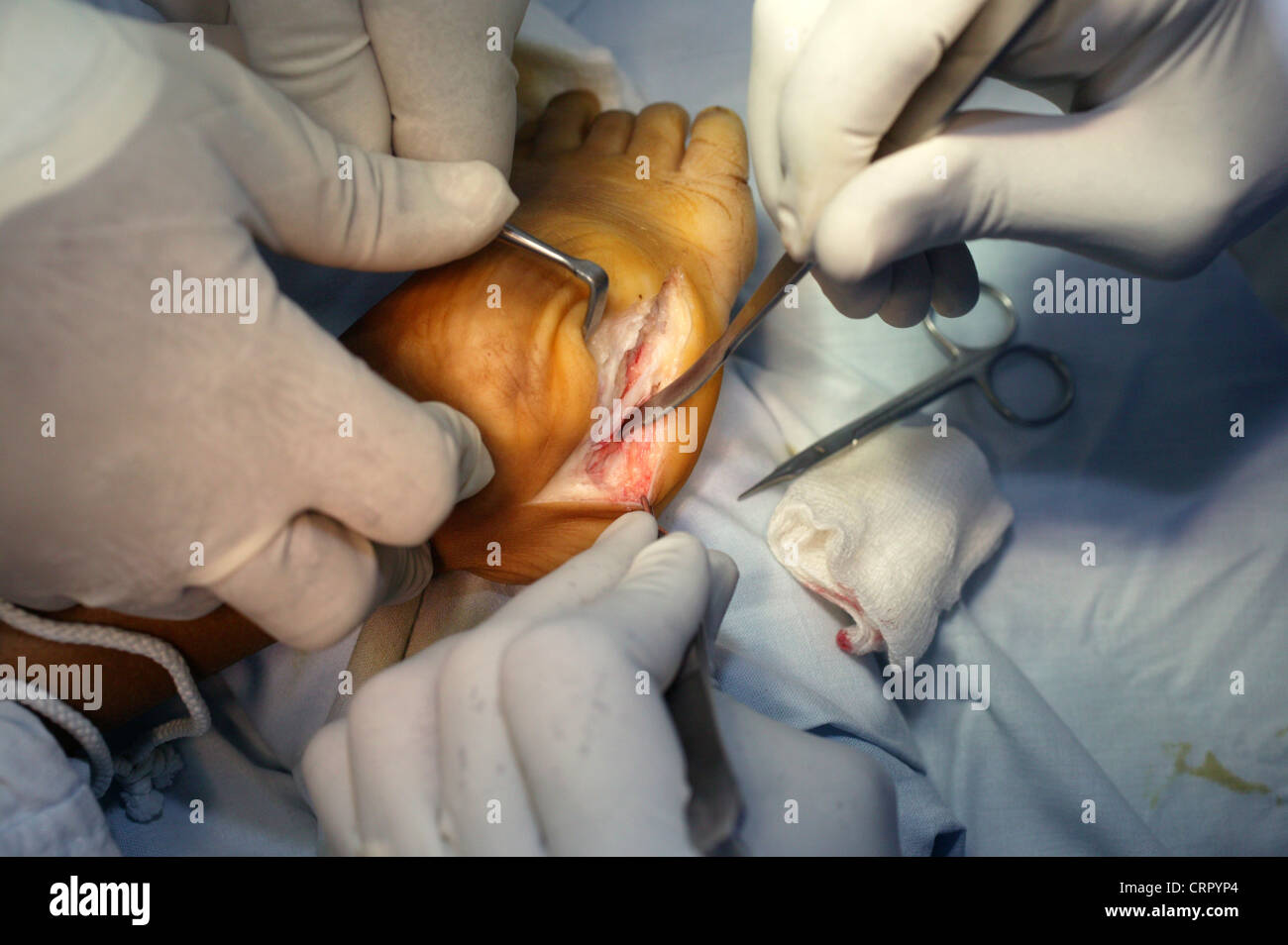



Talipes High Resolution Stock Photography And Images Alamy




Treatment Of Relapsed Residual And Neglected Clubfoot Adjunctive Surgery Journal Of Children S Orthopaedics
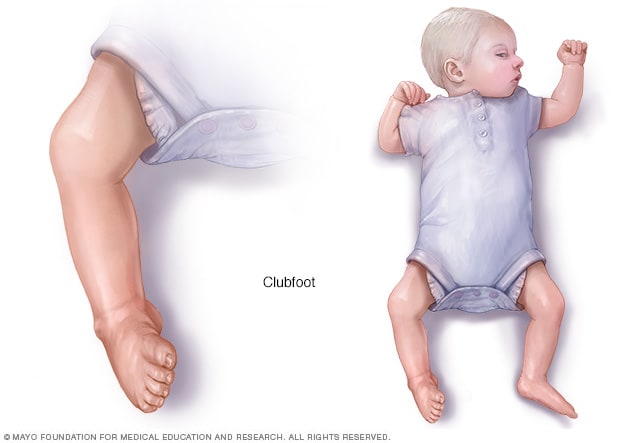



Clubfoot Symptoms And Causes Mayo Clinic




Club Foot Pdf Foot Congenital Disorder
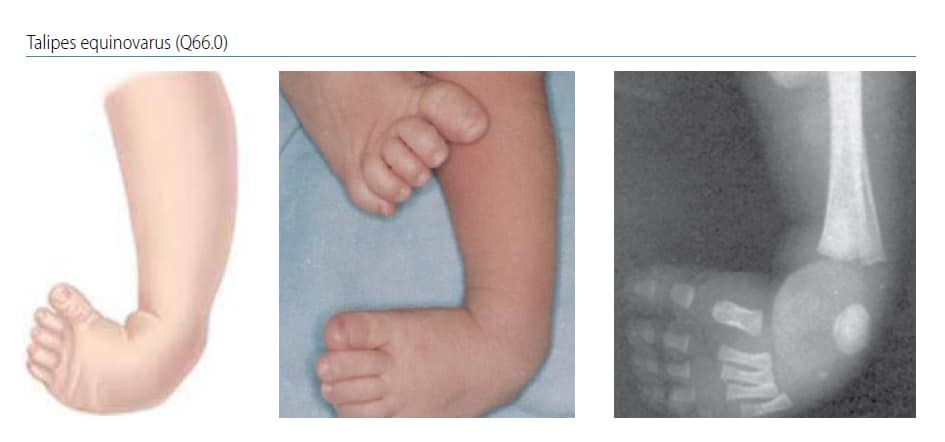



Chapter 4 9 Talipes Equinovarus Talipes Equinovarus Q66 0 Cdc



Clubfoot Symptoms Stages Definition Description Demographics Causes And Symptoms Diagnosis
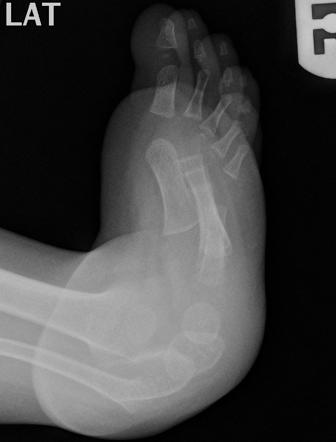



Clubfoot Congenital Talipes Equinovarus Pediatrics Orthobullets




Clubfoot Its Types And Causes Simplified In Hindi Youtube




Clubfoot Congenital Talipes Equinovarus Narayana Health




Clubfoot



Before Going To Doctor Which Must Know About Clubfoot Rxharun



Antivarus Ctev Sandals Congenital Talipes Equinovarus




Clubfoot Wikipedia




Clubfoot Repair Treatments Procedure Outlook



1
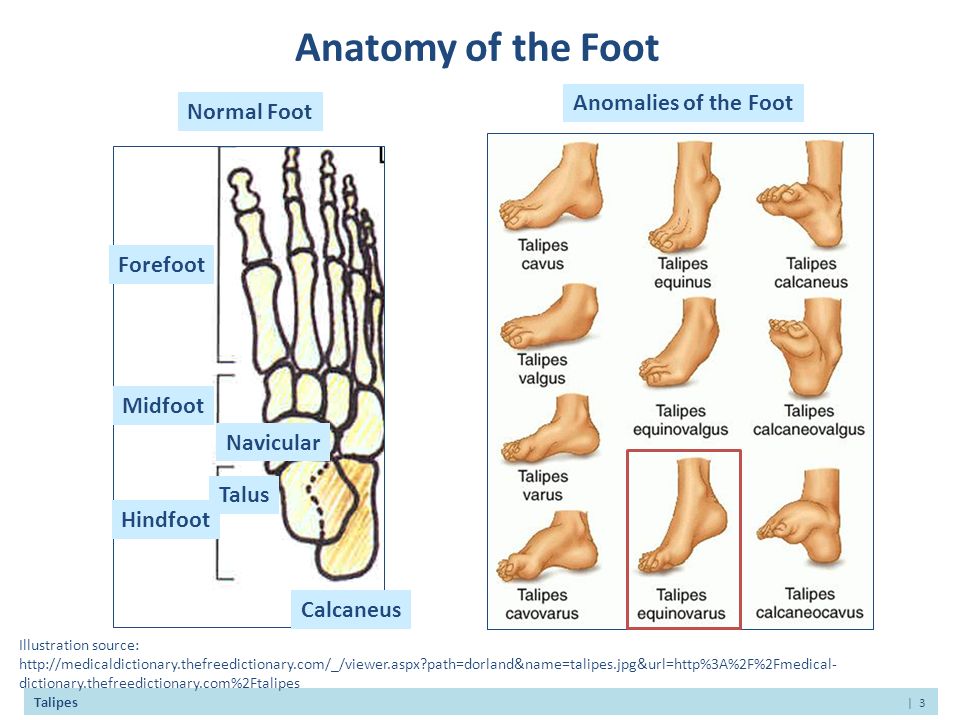



Idiopathic Talipes Equinovarus Congenital Clubfoot Ppt Video Online Download




Club Foot Congenital Talipes Equinovarus The Nepali Doctor




Talipes Equinovarus Clubfoot And Other Foot Abnormalities Pediatrics Merck Manuals Professional Edition




Congenital Idiopathic Talipes Equinovarus American Academy Of Pediatrics
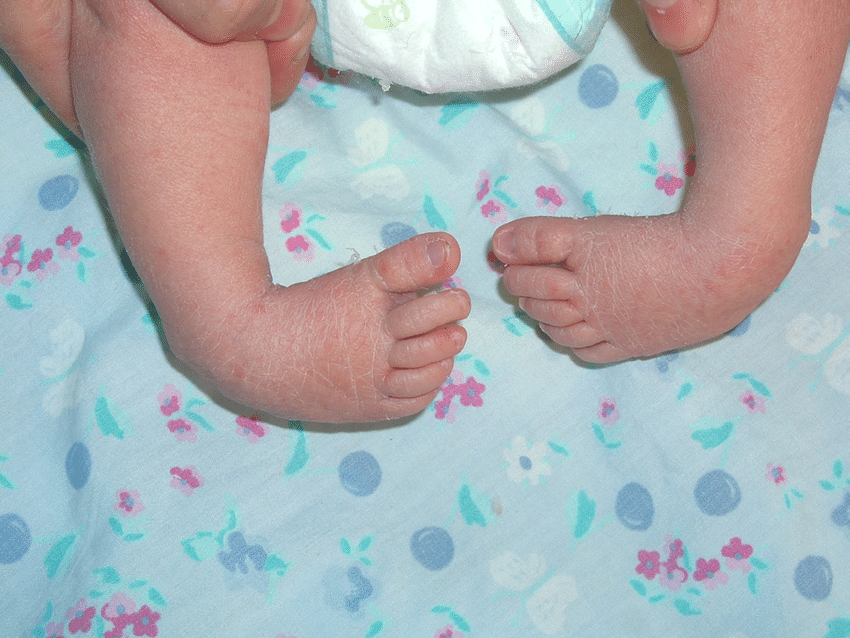



Congenital Talipes Equinovarus Clubfoot Nursing Care Management Nurseslabs




Treatment Of Neglected And Relapsed Clubfoot With Midfoot Osteotomy A Retrospective Study



1
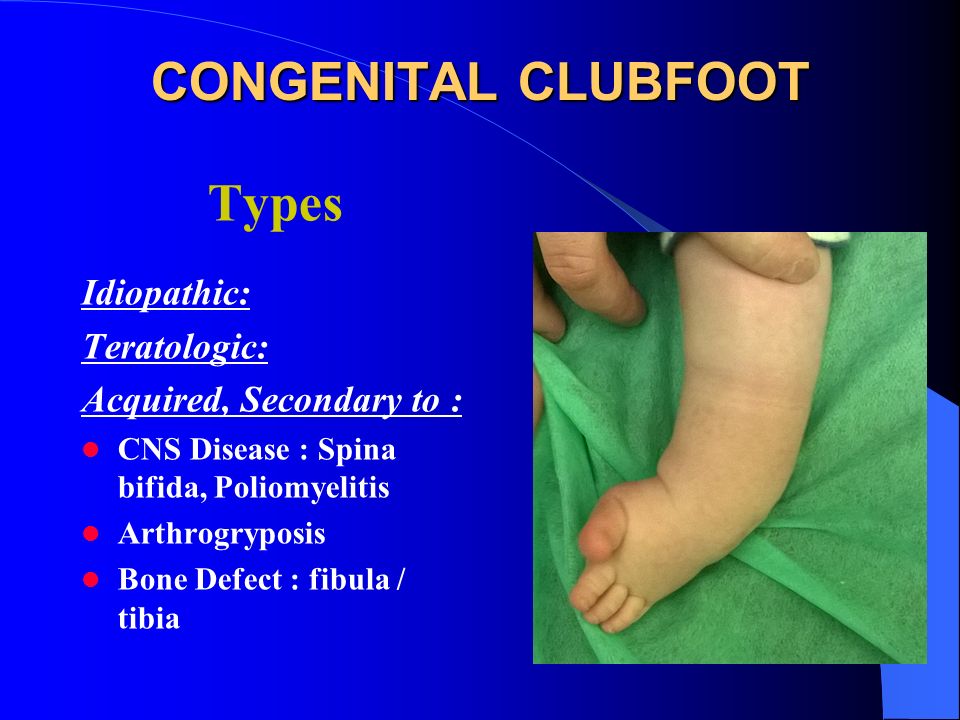



Congenital Clubfoot Congenital Talipes Equino Varus Ppt Video Online Download




Foot Deformities Various Talipes Conditions Pediatric Physical Therapy Pediatric Nursing Medical Terms



0 件のコメント:
コメントを投稿